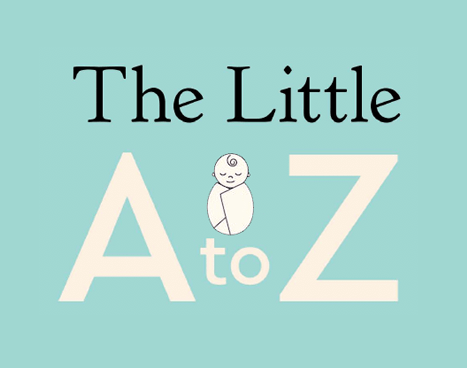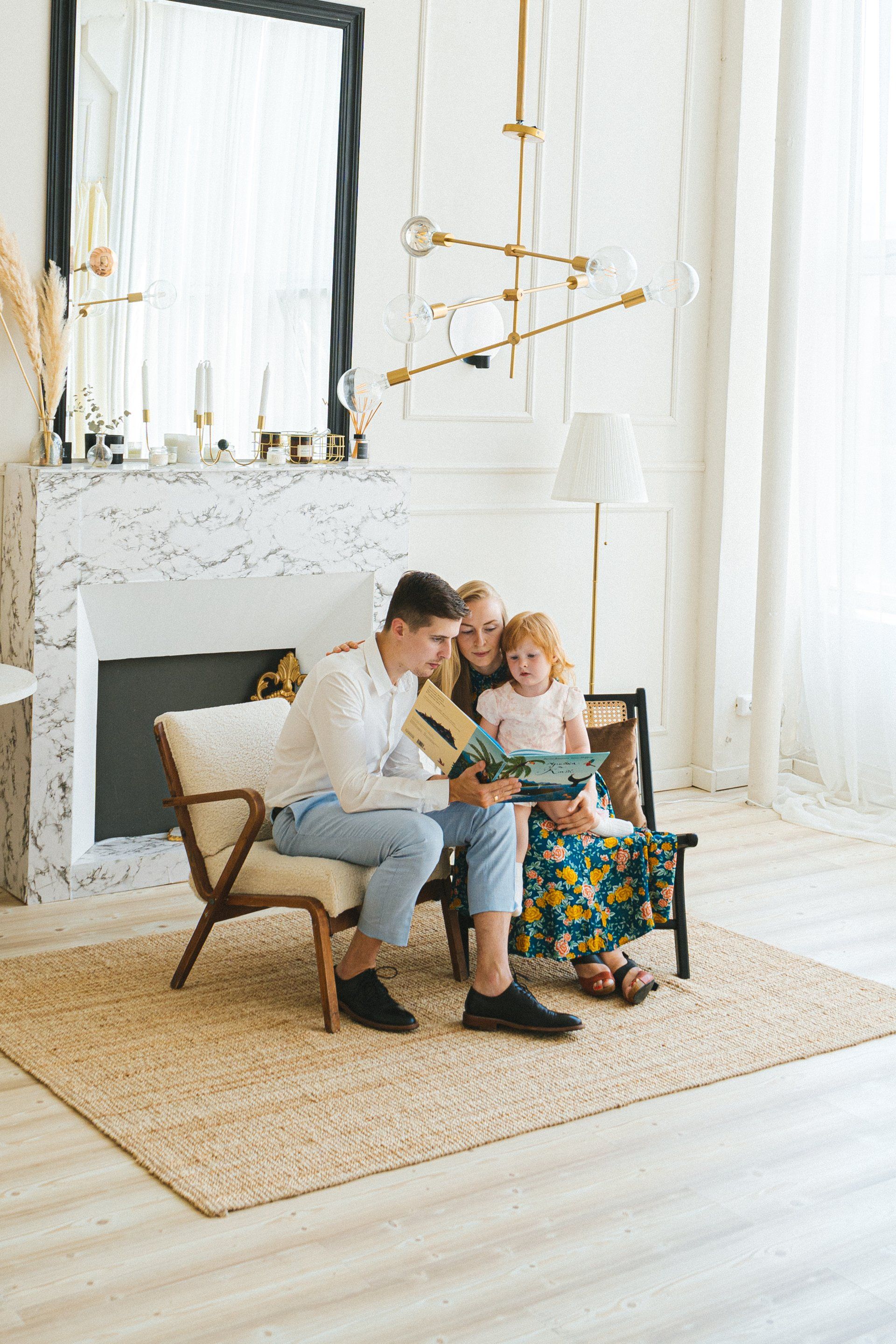Quiet Kids Part 2
Building confident kids at home

Last week we explored the first part of Christine Fonseca's book,
Quiet Kids. We learned about the biological differences between extroverts and introverts, how biology produces certain behaviors in each to the outside world, and what are the most common traits of introverts and extroverts. We ended with an exploration of the myths associated with introversion.
This week we move into the second part of the book which explores three arenas kids most interact with: (i) the home; (ii) the school and (iii) the social world. We will look at strategies and tools to help introverts gain confidence, starting with inside the home, and how building the foundation of self-confidence at home sets an introverted child up for success in the outside world.
At Home: Routine, Relationships and Resiliency
The objective of building the right home environment is to create strong social bonds that teach introverts how to form relationships outside the home. If I could sum up the key lesson we learn about building the right foundation for introverts, it is the importance of the 3Rs: routine, relationships and resiliency.
Introverts (more so than extroverts, according to Fonseca) require predictability which is achieved when home environments are, in her words, “calm, organized and allow for periods of rest.” Calm and organization come from having clear rules, individual responsibilities assigned, and an understanding of consequences when something does not happen as agreed.
So how can such a home environment be built? Fonseca suggests starting with a consistent routine. I think to how I feel when things are not going according to plan—I get cranky, irritable or upset. Same with my son. Fonseca argues that introverts in particular find change quite difficult to manage and when routines are not clear, the fuzzy moment of 'what are we doing next?' can create anxiety (even if simply as a form of anticipation) which with introverts can lead to him/her being uncooperative. We want to avoid the escalation of an uncooperative child (hint: tantrums and mental shutdown), so keeping consistent routines especially during the grind of the weekday is an effective mitigation strategy.
We've been huge fans of routine since Clyde was a baby. I sang its praises in The Little A to Z, and I've continued to comment on the importance of routines in my newsletter. Now that Clyde is 5, the neat thing about establishing routines is that he can participate in the exercise; and now he likes to initiate his own. Last Saturday morning I came down downstairs to find Clyde sitting at the table with a pen and paper writing out his plans for the day. What I love about co-authoring weekend routines is that it allows us to all participate in setting the flow of activities, and it empowers Clyde to be the owner of his time. If we go back to the opening of this newsletter today, the goal of supporting introverts (but any child really) is to create independence, confidence and autonomy. Somethings as simple as planning can help meet this goal.
Chores are also very useful at building confidence. Fonseca cites them in her book as a good way to introduce children to notions of roles and responsibility. We've had on and off again success with getting Clyde to do simple things like unloading the cutlery tray from the dishwasher, making his bed, or feeding the dogs twice a day. I've found that no matter how much you embed these chores in a daily routine, they still require considerable reminding which can feel exhausting at times but I suspect worthwhile in the end. I read somewhere that it can take up to three years to get your child to automatically make their own bed! So until then, the reminders must keep coming from us as parents.
Fonseca also touches upon the importance of rest —these periods in the day when nothing is planned. I found this a useful reminder given the context in which we live now where dual working homes, after school activities, and social obligations can put stress on households. We have little time to just be. Introverts require periods of down time when nothing is required of them—no need to socialize or 'perform' in the outside world. As we learned last week, introverts renew their energy through solitude. In our situation, we've tried not to program Clyde every day after school. He has 3 week days where nothing is going on. We just take it as it comes in terms of what we do. We don't have any programmed activities on the weekend, and have afternoon moments we call 'quiet time' where everyone chooses to nap, read a book or write. Just something that is individual and inward-looking.
According to Fonseca, the last element of building a strong foundation at home for introverts is this concept of resiliency. It was odd to read about resiliency in a book on kids, as I encounter the term all the time in my day-to-day work. Here for Fonseca she describes resiliency as made up of 3 predominant attributes: (i) a strong sense of autonomy or control over one's life; (ii) the ability to connect deeply with others and (iii) the ability to manage one's emotional reactivity to external situations. Routine comes in again as an important building block for emotional regulation. As is helping an introverted child recognize what parts of their day-to-day are under their control and then helping them feel autonomous as much as possible for them.
I wanted to end today's second part of the series on
Quiet Kids with a few healthy habit tips, as Fonseca describes, that are very important for introverts. I've reproduced her table here in bullet form:
1. Proper rest—at least 8 hours a night. Make sure to turn off electronic and visuals at least 30 minutes prior to starting a bedtime routine.
2. Eat healthy food—introverts do better with many small meals a day that are filled with protein. When not feeling sufficiently energized through protein consumption, introverts tend to go for sugars which only give them a temporary high before dropping them even lower. So avoid this by having small snacks around between meals.
3. Daily exercise—getting outside and doing things helps get introverts out of their heads. Avoid exercise too late into the evening.
4. Relaxation and connection—introverts need a good balance of solitude and connection. Help them to find moments of each in their daily life.
Building a Village
Today's newsletter focused on the second part of Fonseca's book: the home. We explored how to set up our introverted children for success in the world by building a strong foundation at home. Key to this is empowering introverted children through simple things such as routine and chores while creating moments of rest and solitude.
Fonseca discusses the importance of the home being a place that is nurturing and safe, and calls on family members to strive to better understand each other's temperaments. This is especially important in what she calls “mixed temperament” households —those with introverts and extroverts. Her call for understanding couldn't have resonated more for me. She argues persuasively that taking the time to truly figure out how we all tick, and respecting and encouraging the things that renew each household member, can really head off the pass of typical conflicts and tensions that arise in households. She talks of building a village for our children to flourish in the world, with the cornerstone being us: the parents.









